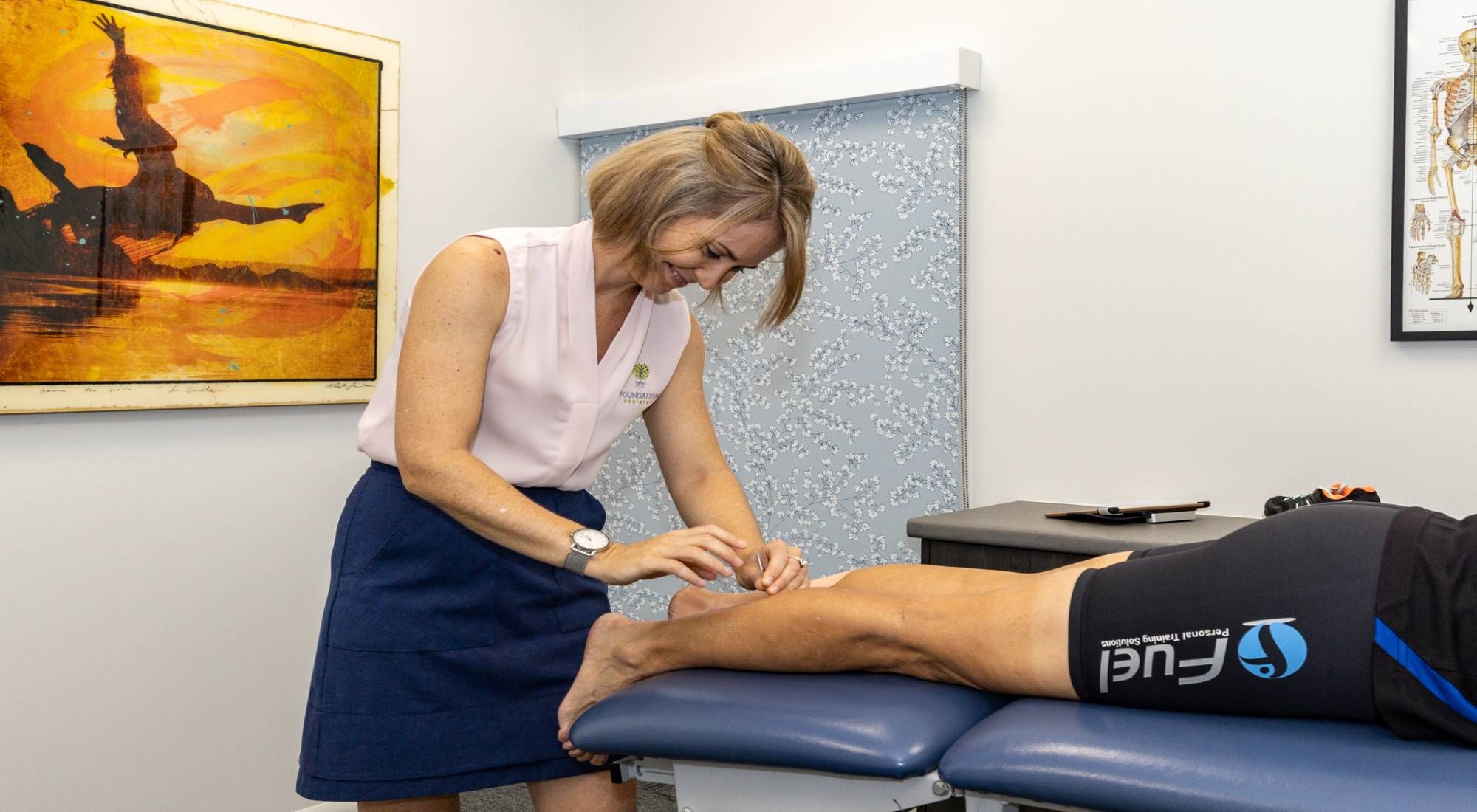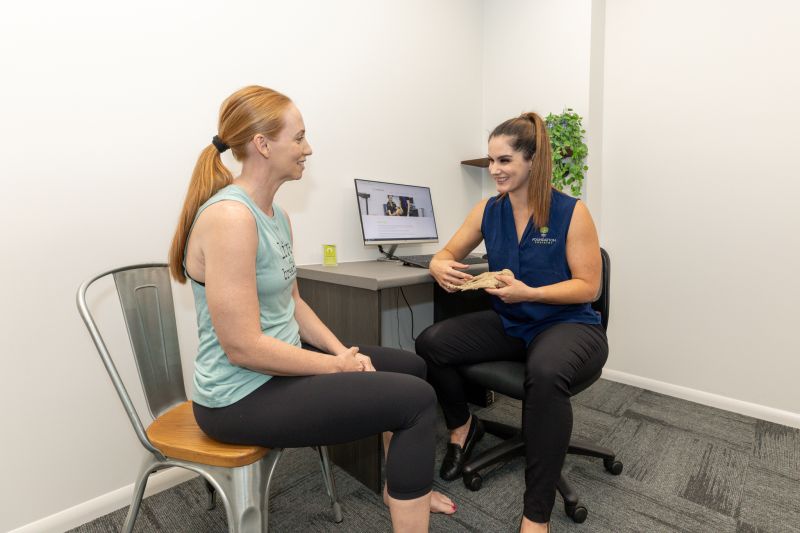More pages in this section
17th May 2022
Plantar Fasciitis REVIEWED
Feet play an important role in posture and gait. Foot pathologies are common amongst the adult population, in particular plantar heel pain. Foot pathologies contribute to a negative impact on quality of life.
Plantar heel pain (or Plantar Fasciitis) is a common musculoskeletal foot injury and the most common condition presenting to our Townsville Podiatry clinic. Below is a summary of a recent review of the research on plantar heel pain.
Learn more about Plantar Fasciitis or Heel Pain here.

Review of research on Plantar Fasciitis or Heel Pain
- Plantar heel pain is most common between 40 and 60 years and may affect both athletic and non-athletic populations, but the incidence is higher among runners (affecting 17.4% of running population).
- The pathology is characterized by pain in the medial (inside) heel that is exacerbated by weight-bearing activity, as well as after periods of rest.
- Plantar Heel Pain is often chronic with typical symptoms lasting more than a year.
- Despite the name “Plantar Fasciitis” – the condition is considered a degenerative pathology rather than a primary inflammatory condition. Therefore, the more correct terms which should be used from now on are fasciosis or fasiopathy or plantar heel pain.
- Authors found that while Body Mass Index (BMI) was not associated with plantar fasciitis in the athletic population, there was evidence to support such an association in the non-athletic population.
- Muscle function and muscle size differences between those with and without plantar fasciitis was reviewed in seven studies - and the strength of muscle groups including hallux plantar flexion, lesser toe plantar flexion, ankle dorsiflexion, ankle inversion, and ankle eversion was lower in patients with plantar fasciitis.
- Studies found that patients with plantar fasciitis were more likely to have increased plantar fascia thickness, hypoechogenicity, and plantar calcaneal spurs. Patients with plantar fasciitis had 2.16 mm thicker plantar fascia than controls and tended to have absolute plantar fascia thickness values exceeding 4.0 mm.
Review of Treatments for Plantar Heel Pain
Corticosteroid Injections:
Corticosteroid injections have been used for the treatment of plantar fasciitis as it can reduce inflammation, fibroblast proliferation and ground substance proteins, which have been thought to play roles in pathogenesis of plantar fasciitis. The review of the literature concluded that compared to placebo, corticosteroid injection was more effective in relieving pain at one month but not over longer intervals. Among 21 trials that reported adverse events, two ruptures of plantar fascia, three injection site infections, and 27 minor adverse events such as post-injection pain were reported.
ESWT Extra-Corpeal Shockwave Therapy:
The proposed mechanisms for the effect of ESWT include increasing nerve supply, blood supply and collagen synthesis in degenerative tissues. Shockwave reportedly have benefits in pain reduction at 12 weeks, unlike corticosteroid injections. ESWT showed greater reduction in VAS pain scores and success rate of improving heel pain by 60% over placebo when taking first steps and during daily activities. The most recent of studies compared ESWT with other therapies and found greater success rate, greater reduction in VAS pain scores, decreased return to work time, greater overall reduction in plantar fascia thickness up to 6 months post-treatment and less complications in those treated with ESWT compared to other interventions. The 39 studies concluded that while there may be common side effects such as pain during treatment and transient erythema (redness), complications during the first year of follow-up are highly unlikely and concluded that Shockwave Therapy is safe for treating plantar fasciitis.
Low-Level Laser Therapy (LLLT):
LLLT is a form of photobiomodulation therapy that involves the use of wavelengths ranging from 620 nm to the infrared (820–904 nm) over the surface of patient’s skin. The proposed mechanisms include anti-inflammatory effect as well as stimulation of cell proliferation, microcirculation, vascular neoformation, and collagen production [85]. Fewer studies have been conducted on the efficacy of LLLT in the treatment of Plantar Fasciitis, however the systematic reviews that have been done found that LLLT significantly improved pain and function and decreased plantar fascia thickness compared to other therapies, such as exercise.
In Summary
Regarding treatment efficacy for management of plantar fasciitis, outcomes using corticosteroid, PRP, and ESWT may have the largest number of studies and most reviews concluded longer-term outcomes favoured non-corticosteroid interventions. Similar to tendinopathy, plantar fasciitis has been characterized by degeneration of collagen even though inflammation may play an important role in the early disease process. However, this does not mean that inflammation and degeneration represent a continuum of disease but reflect two distinct or often coexisting processes. Therefore, corticosteroids may offer benefits in short term particularly within 1 month following treatment.
By Hayley Paterson | Biomechanical Podiatrist









